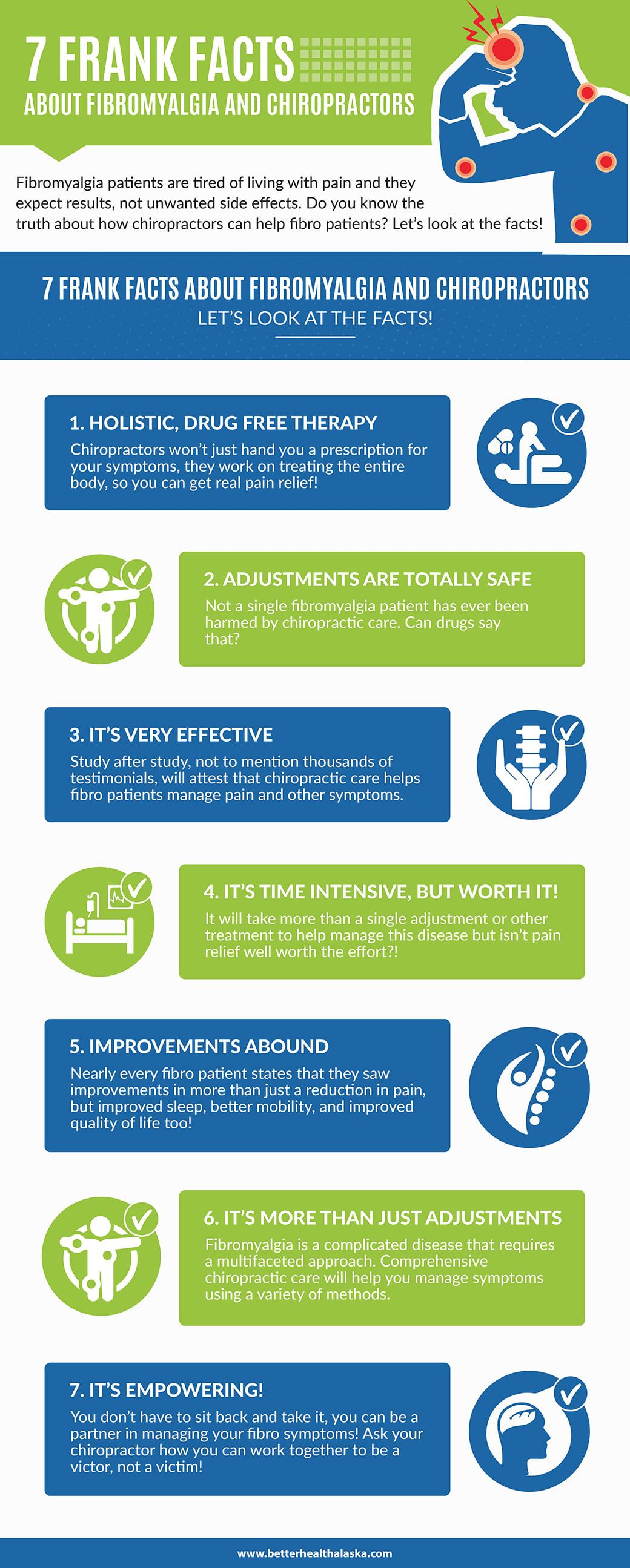The Top Daily Habits That Add To Back Pain And How To Avoid Them
The Top Daily Habits That Add To Back Pain And How To Avoid Them
Blog Article
Short Article Produced By-Hermansen Glud
Maintaining proper posture and avoiding common challenges in day-to-day activities can dramatically influence your back health. From just how you rest at your workdesk to just how you lift hefty items, little changes can make a large distinction. Picture a day without the nagging pain in the back that impedes your every action; the solution could be simpler than you assume. By making a couple of tweaks to your day-to-day behaviors, you could be on your method to a pain-free presence.
Poor Posture and Sedentary Way Of Living
Poor stance and a sedentary way of living are 2 significant contributors to pain in the back. When you slouch or suspicion over while resting or standing, you put unneeded stress on your back muscle mass and back. This can cause muscle inequalities, tension, and eventually, persistent pain in the back. Furthermore, sitting for extended periods without breaks or exercise can weaken your back muscular tissues and bring about rigidity and discomfort.
To deal with bad pose, make an aware initiative to sit and stand up directly with your shoulders back and straightened with your ears. Remember to maintain your feet level on the ground and prevent crossing your legs for prolonged periods.
Incorporating routine stretching and strengthening exercises right into your everyday routine can also help boost your stance and minimize pain in the back related to a less active lifestyle.
Incorrect Lifting Techniques
Inappropriate lifting methods can substantially contribute to neck and back pain and injuries. When you raise hefty things, bear in mind to flex your knees and utilize your legs to raise, rather than counting on your back muscles. Stay clear of twisting your body while training and maintain the object near your body to lower stress on your back. https://www.webmd.com/back-pain/news/20170322/drug-no-better-than-placebo-for-lower-back-leg-pain to maintain a straight back and stay clear of rounding your shoulders while lifting to stop unneeded pressure on your back.
Constantly assess the weight of the object prior to raising it. If it's as well heavy, ask for assistance or use equipment like a dolly or cart to deliver it securely.
Bear in mind to take breaks during raising jobs to provide your back muscular tissues an opportunity to rest and stop overexertion. By applying appropriate training techniques, you can avoid neck and back pain and reduce the threat of injuries, guaranteeing your back stays healthy and balanced and strong for the long-term.
Lack of Normal Workout and Stretching
An inactive way of living devoid of regular exercise and stretching can dramatically contribute to pain in the back and discomfort. When chiron health austin texas don't take part in exercise, your muscles come to be weak and inflexible, leading to inadequate posture and increased strain on your back. Regular exercise assists reinforce the muscles that sustain your back, improving stability and decreasing the threat of neck and back pain. Integrating extending right into your routine can also enhance versatility, protecting against stiffness and discomfort in your back muscles.
To stay clear of pain in the back caused by a lack of workout and stretching, go for a minimum of 30 minutes of moderate physical activity most days of the week. Consist of https://can-i-go-to-a-chiropracto73838.bloginder.com/31280649/the-importance-of-posture-in-minimizing-neck-discomfort-guidelines-for-preserving-appropriate-positioning-during-daily-routines that target your core muscle mass, as a strong core can aid minimize stress on your back.
In addition, take breaks to stretch and relocate throughout the day, especially if you have a workdesk job. Simple stretches like touching your toes or doing shoulder rolls can aid eliminate stress and protect against back pain. Prioritizing regular exercise and stretching can go a long way in preserving a healthy back and reducing discomfort.
Conclusion
So, keep in mind to stay up right, lift with your legs, and remain active to prevent pain in the back. By making straightforward changes to your daily practices, you can prevent the discomfort and constraints that include pain in the back. Look after your spine and muscle mass by practicing good pose, proper training methods, and routine exercise. Your back will certainly thanks for it!
